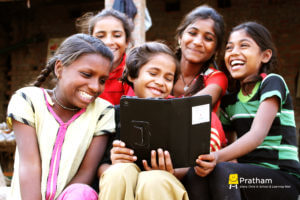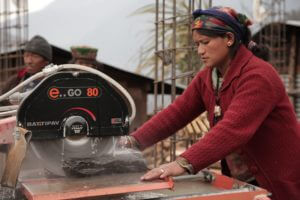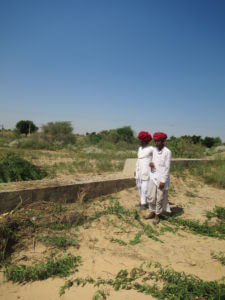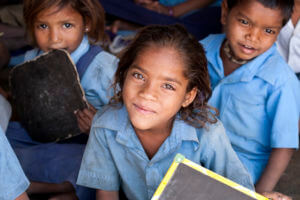Here is a selection of past charitable projects we’ve supported:

The Big Give: Christmas Challenge
Grants: £164,333 match funding in 2018
–
The Big Give Christmas Challenge is a match funding campaign that runs for a week and enables charities to amplify their donations. As a Big Give Champion, the Coles-Medlock Foundation provided match funding for 32 charities working in international development. This money after being matched by the charities, the public and adding Gift Aid where applicable leveraged the funding 4.61 times meaning a total of £757,155 was raised.

Practical Action: Rebuilding Infrastructure for Sustainable Energy Access, Nepal
Grants: £25,000 in 2016, £10,000 in 2017
–
This project set out to provide business training and support to help communities in Gorkha, Nepal, recover their livelihoods after the devastating earthquake of 2015. After overseeing the repair of three earthquake-proof micro hydro power stations, training was provided to local people on preparing business plans and productive use of energy. This led to the launch of five new enterprises and completion of nine business plans.

Excellent Development: Building sand dams in Rajasthan
Grants: £5000 in 2014, £10,000 in 2016
–
This project aimed to build a number of sand dams in the Marwar region of Rajasthan, India, to improve access to clean water for thousands of people. A total of six sand dams were completed in the first phase of the project with a further two built and four sited in the second phase, bringing safe water closer to the homes of more than 10,000 people and supporting small scale farming.

UBS Optimus Foundation: Improving education in India
Grants: £100,000 in 2018
–
This development impact bond funded project set out to improve educational attainment among primary school pupils in Delhi and Gujarat. Within its first year it had reached more than 100,000 children across 600 schools. This led to 40% of participating schools meeting their literacy and numeracy targets and 30% more children achieving the basic education levels expected for their age.
